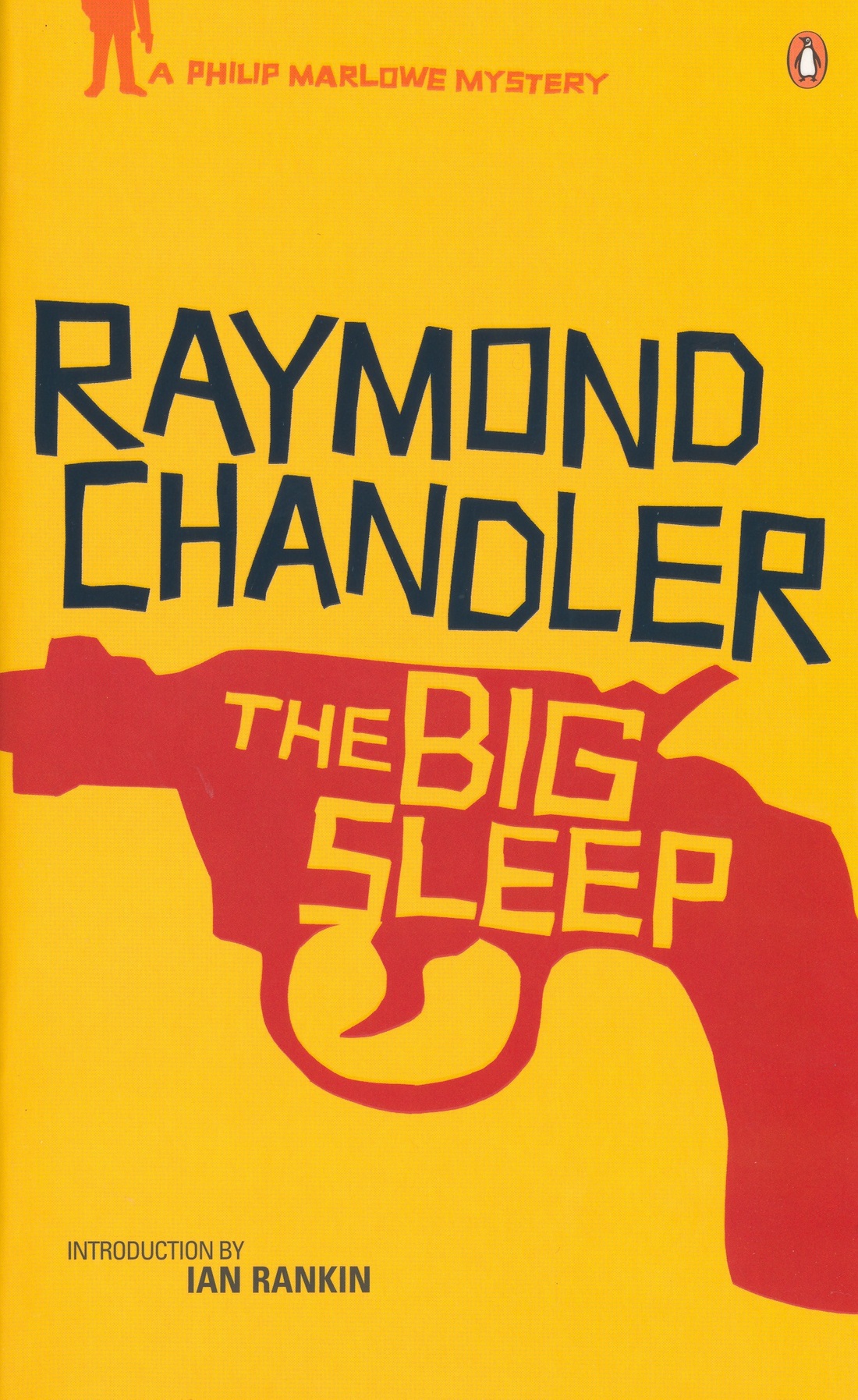Pulp Fiction - A key source of inspiration for Film Noir
|
The term 'pulp fiction' originated from the magazines of the first half of the 20th century which were printed on cheap "pulp" paper and published fantastic, escapist fiction for the general entertainment of the mass audiences. The pulp fiction era provided a breeding ground for creative talent which would influence all forms of entertainment for decades to come - especially the Film Noir genre. The hardboiled detective and science fiction genres were created by the freedom that the pulp fiction magazines provided.
Pulp Fiction is a term used to describe a huge amount of creative writing available to the American public in the early nineteen-hundreds. Termed "pulp magazines" because of the low quality paper used between the covers, these publications proliferated in the nineteen-thirties and nineteen-forties to the point where they blanketed newsstands in just about every popular fiction genre of the time. Although the pages in-between the covers were a dingy cheap quality, the covers were beautifully decorated, many times with lurid portraits of pretty women in various stages of trouble, and the handsome men attempting to rescue them. By under-paying writers and publishing on in-expensive media, pulp publishers were able to charge 10 cents for an issue containing several stories. Low prices drew in many working-class young adults and teenagers, who could not otherwise afford some of the more pricier magazines of the day. The low price of the pulp magazine, coupled with the skyrocketing literacy rates, all contributed to the success of the medium. Pulps allowed its readers to experience people, places, and action they normally would not have access to. Bigger-than-life heroes, pretty girls, exotic places, strange and mysterious villains all stalked the pages of the many issues available to the general public on the magazine stands. And without television widely available, much of the free time of the working literate class was spent pouring through the pages of the pulps. World War Two brought paper rationing and increased paper prices. Also, some believe that the real horrors of the war replaced the fictional horrors found between the cover of the pulps. The once popular magazines began to lose readership and disappeared from the newsstand, one-by-one, replaced by paperbacks, comic books, television and movies. Today, the short story has changed into a different breed of creative writing, leaving the stories found in the pulp magazines a unique offering. But, beyond the legacy of entertaining stories, pulp fiction must be given some credit for the evolution of literature and popular fiction heroes of today. Many authors that got their start in the pulp magazines grew to be great writers that changed the landscape of popular fiction. Writers such as Carroll John Daly changed the detective fiction story from the staid whodunits popularized in Great Britain to the more "hard-boiled" version where the bad guy was bad and the detective was tough and street-smart. Edgar Rice Burroughs was another pulp writer, who helped to define the science fiction story into what it is today. The other well-known alumnae of the pulps include Max Brand, H.P. Lovecraft, Raymond Chandler, Dashiell Hammett, and Ray Bradbury. And of course, there were the legions of other authors, less well-known today, that had an equally important hand in forming popular fiction. - www.vintagelibrary.com In creating this range of films noirs, Hollywood drew on the work both of writers (especially Dashiel Hammett and Raymond Chandler) who were writing crime fiction that had as their protagonists violent, self-deceived men, criminals, crooked cops, killers, and psychotics. One of the most important influences on noir characterisation was the work of Cornell Woolrich, whose novels embodied in an extreme form the noir sense of helplessness and paranoia. Between 1942 and 1949, there were eleven Woolrich novels or stories made into films, the protagonists of which include a man hypnotised into thinking he is a murderer (Fear in the Night) and a mind-reader who predicts his own death (Night Has a Thousand Eyes), as well as alcoholics, amnesiacs, hunted men and fall guys. Private eye films continued, of course, to be made, but if investigative figures were included, they tended to become increasingly vulnerable and flawed. - The Development of Post-war Literary and Cinematic Noir, Lee Horsley Hard-boiled popular fiction gave film noir its narrative models, major themes, and verbal style. The genre is commonly associated with the detective fiction of writers like Dashiell Hammett (1894–1961) and Raymond Chandler (1888–1959), which first appeared in the 1920s and provided an alternative to the then-dominant British detective fiction of writers like Sir Arthur Conan Doyle, Dorothy Sayers, and Agatha Christie. The British model of crime fiction presumes a benign society into which crime erupts as an aberration: once a detective has solved the crime, society returns to tranquility. Hard-boiled American crime fiction, to the contrary, presumes a corrupt world in which crime is an everyday occurrence. Its characters are often driven by destructive urges that they can neither understand nor control. Although a detective may solve the story's motivating crime, he entertains no illusions that this small victory makes the world a better place. One narrative model that film noir draws from such fiction implicates the detective when the crime he attempts to solve unexpectedly draws him into its consequences. He often becomes ensnared by a femme fatale or gets set up as the "fall guy" for a larger crime. Nearly everyone with whom he deals is duplicitous. Hard-boiled fiction was not limited to detective fiction; Cornell Woolrich's (1903–1968) Phantom Lady and James M. Cain's (1892–1977) Double Indemnity and The Postman Always Rings Twice share this perspective on life and provided sources for important films noirs . Hard-boiled fiction - particularly the first-person narration of Chandler's novels - introduced a cynical, doomed, and grimly poetic tone. Its verbal style is apparent in both the wisecracks of the detective and in the moody, voice-over narration dominating many of the films. - www.filmreference.com |

